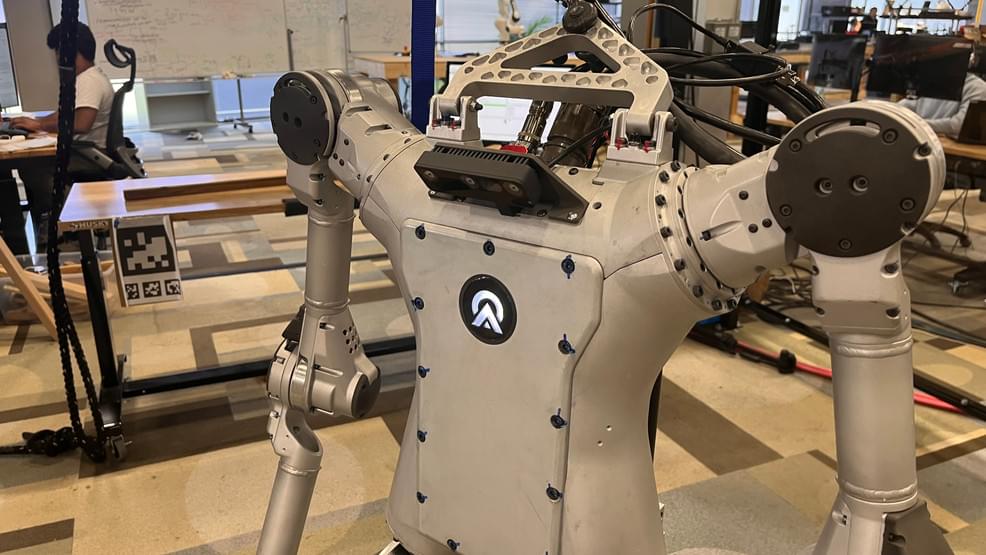By implanting electrodes into the brains of grasshoppers, scientists were able to harness the insects’ sense of smell for the purpose of explosive detection.
Get the latest international news and world events from around the world.
Autonomous City Car For Multi-Using Taxi System Concept
The advent of autonomous-vehicle (AV) technology promises to upend urban mobility and transportation policy. Yet After years of development, with updates here and there from major players in the autonomous vehicle (AV) industry, we’re beginning to see some significant momentum building behind self-driving cars.
These vehicles are starting to hit the streets in limited pilot programs that test their ability to navigate real-world driving environments. Autonomous city car for taxi-sharing. It is a smart car.
It automatically finds the most successful route and distributes orders in the most profitable way. Designed by Roman Dolzhenko, this futuristic city car concept demonstrates minimalism should be the design language of the future.
Startups serve “world’s first” lab-grown fish filets
A pair of food tech startups have teamed up to create what they say are the world’s first lab-grown fish filets — and they used a 3D printer to serve them.
The challenge: Demand for seafood is expected to nearly double by 2050 due to a growing population and increasing incomes, but overfishing, climate change, ocean pollution, and other factors pressure the seafood industry’s ability to satisfy the world’s hunger for fish.
Even if industry can source all the seafood we need from the ocean and fish farms, current fishing practices can harm the environment, via greenhouse gasses and marine ecosystem destruction, problems only likely to increase as the industry grows.
A new AI lie detector reveals their “inner thoughts”
“Wish I had this to cite,” lamented Jacob Andreas, a professor at MIT, who had just published a paper exploring the extent to which language models mirror the internal motivations of human communicators.
Jan Leike, the head of alignment at OpenAI, who is chiefly responsible for guiding new models like GPT-4 to help, rather than harm, human progress, responded to the paper by offering Burns a job, which Burns initially declined, before a personal appeal from Sam Altman, the cofounder and CEO of OpenAI, changed his mind.
“Collin’s work on ‘Discovering Latent Knowledge in Language Models Without Supervision’ is a novel approach to determining what language models truly believe about the world,” Leike says. “What’s exciting about his work is that it can work in situations where humans don’t actually know what’s true themselves, so it could apply to systems that are smarter than humans.”

SpaceX Dragon capsule carrying private Ax-2 astronauts splashes down off Florida coast (video)
The four astronauts of the private Ax-2 mission returned to Earth in their SpaceX Dragon capsule late Tuesday night (May 30).
That Dragon, named Freedom, undocked from the International Space Station (ISS) earlier in the day at 11:05 a.m. EDT (1505 GMT), ending a 10-day mission that included eight days docked at the orbiting lab. Freedom returned to Earth 12 hours later with a flawless splashdown in the Gulf of Mexico off the coast of Panama City, Florida at 11:04 p.m. EDT (0304 GMT on May 31), ending the Ax-2 mission by SpaceX for the Houston-based company Axiom Space.
How SpaceX & NASA Plan To Establish The First Moon Base!
Get Early Access and Discount Codes to The Tesla Space & Space Race merch store by signing up here: https://shop.theteslaspace.comLast video: New 2023 Tesla Model Y Update Is Here!
https://youtu.be/aZCDY8TmvOk► Patreon: https://www.patreon.com/theteslaspace.
► Join Our Discord Server: https://discord.gg/zfMNSnuRQN
► Subscribe to our other channel, The Space Race: https://www.youtube.com/channel/UCeMcDx6-rOq_RlKSPehk2tQ
► Subscribe to The Tesla Space newsletter: https://www.theteslaspace.comSubscribe: https://www.youtube.com/channel/UCJjAIBWeY022ZNj_Cp_6wAw?sub…n=1Welcome to the Tesla Space, where we share the latest news, rumors, and insights into all things Tesla, Space X, Elon Musk, and the future! We’ll be showing you all of the new details around the Tesla Model 3 2023, Tesla Model Y 2023, along with the Tesla Cybertruck when it finally arrives, it’s already ordered!Instagram: https://www.instagram.com/TheTeslaSpace.
Twitter: https://twitter.com/TheTeslaSpaceBusiness Email: [email protected]#Tesla #TheTeslaSpace #Elon

AI intelligence could cause human extinction say tech leaders
As apocalyptic warnings go, today is right up there. Some of the world’s most influential tech geniuses and entrepreneurs say AI risks the extinction of humanity.
Having lobbed the ball firmly in the court of global leaders and lawmakers the question is: will they have any idea what to do about it?


US urged not to use bomb-grade uranium in nuclear power experiment
WASHINGTON, May 30 (Reuters) — Former U.S. State Department and nuclear regulatory officials on Tuesday urged the U.S. Energy Department to reconsider a plan to use bomb-grade uranium in a nuclear power experiment, saying that its use could encourage such tests in other countries.
The Energy Department and two companies aim to share costs on the Molten Chloride Reactor Experiment (MCRE) at the Idaho National Laboratory and use more than 1,322 pounds (600 kg) of fuel containing 93% enriched uranium.
Bill Gates-backed company TerraPower LLC, the utility Southern Co (SO.N) and the department hope the six-month experiment will lead to breakthroughs in reactors that could help reduce pollution linked to climate change.